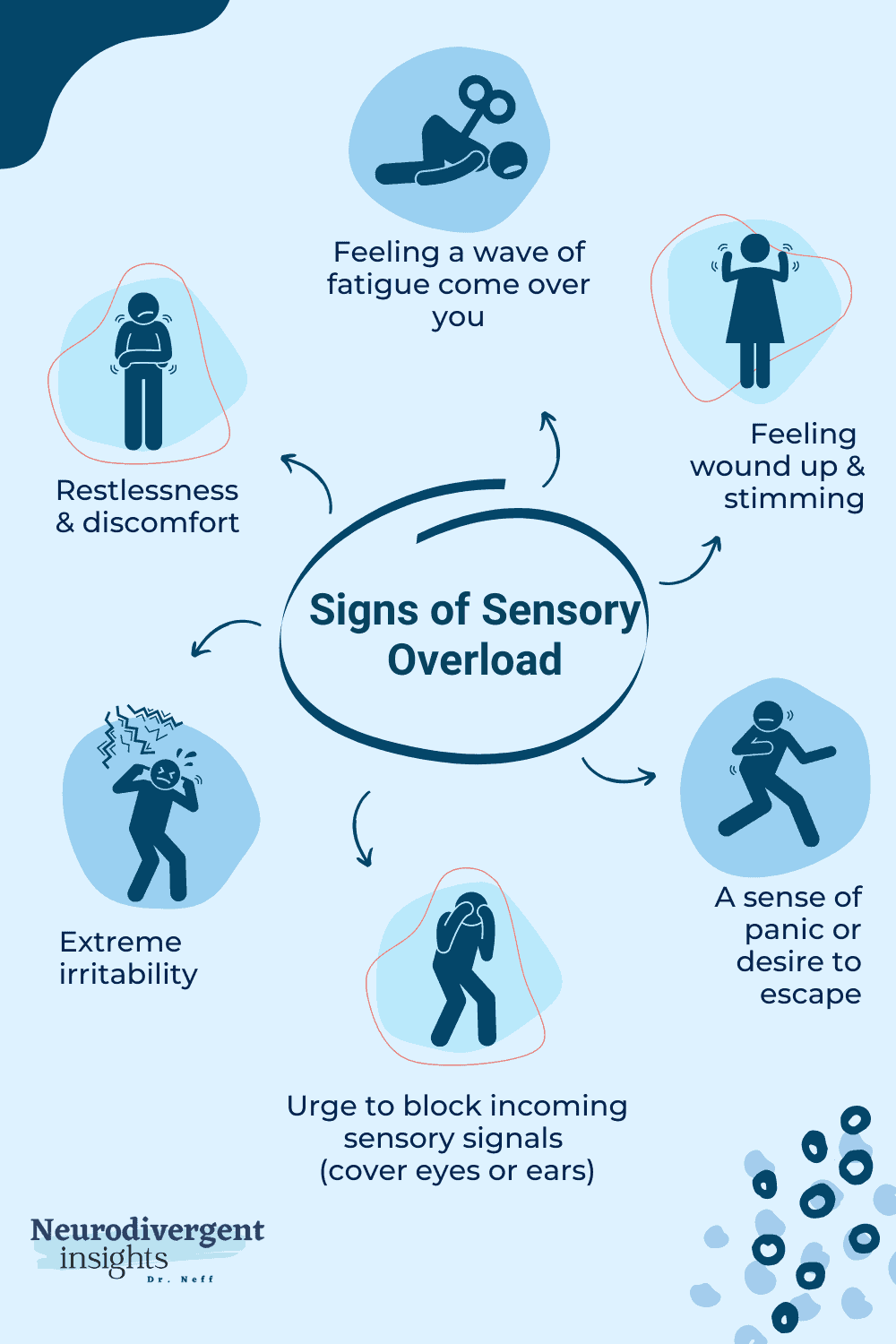ADHD Sensory Issues: A Compassionate Approach for Parents
Welcome, fantastic parents and caregivers! If you’re here, chances are you have a super vibrant child with ADHD who might also be experiencing sensory issues. You’re not alone on this colorful journey, and we’re here to sprinkle some knowledge and tips to help you navigate these waters with grace and understanding. Let’s make sense of sensory issues together!
What Are Sensory Issues?
First things first, let’s break down what sensory issues really are. Every child experiences the world through their senses – touch, taste, sight, hearing, and smell – but for some kids, like those with Attention Deficit Hyperactivity Disorder (ADHD), these sensations can be experienced in a more intense, less predictable way. It’s like having a volume knob on their senses that’s turned up way too high, or sometimes, not working quite right. This can lead to what’s known as Sensory Processing Disorder (SPD) or sensory integration issues.
ADHD and Sensory Processing: Connecting the Dots
Now, you might be wondering how ADHD fits into the sensory puzzle. While not every child with ADHD will have sensory issues, there’s a bit of a buddy system going on between the two. ADHD brains are wonderfully unique in how they process information, and that includes sensory information. This can result in your child being either over-sensitive (sensory avoiding) or under-sensitive (sensory seeking) to the world around them.
Signs Your Child May Have ADHD Sensory Issues
- Overwhelmed by loud noises or bright lights
- Distressed by certain food textures or clothing
- Appears clumsy or has difficulty engaging in common physical activities
- Seems to either crave movement and touch or avoids them altogether
- Has unusual reactions to pain, such as not noticing or reacting excessively
Supporting Your Child With Sensory Strategies
Now to the fun part, parents! Don’t you worry, because supporting your child through these challenges can lead to a kaleidoscope of growth and development. It’s all about creating a sensory-friendly environment and equipping your child with strategies to handle sensory overload. Are you ready to get the inside scoop on building a wonderfully supportive space for your little one? Buckle up, because we’re about to dive in!
Creating a Sensory-Smart Environment at Home
Your home should be your child’s sanctuary, a place where they can feel comfortable and at ease. Here’s how you can make it sensory-safe:
- Designate a Calm Corner: Set up a cozy nook with soft blankets, cushioned seating, and gentle lighting where your child can take a break from sensory input.
- Minimize Clutter: Too much visual clutter can be overstimulating. Keep spaces tidy and organized to reduce sensory distractions.
- Embrace Natural Light: Whenever possible, use natural light over harsh fluorescents to soothe visual sensitivities.
- Control the Acoustics: Consider using white noise machines, carpeting, or wall hangings to dampen overwhelming sounds.
- Flexible Clothing Choices: Offer clothing options that feel good to wear, minimizing irritating tags and seams.
Remember, every child is as unique as a snowflake, and what works for one may not work for another. It’s all about tailoring your approach to fit your child’s individual needs.
Strategies for Managing Sensory Overload
Managing sensory overload is just as important outside the home. Here are some tools to have in your superhero belt:
- Sensory Toys: Fidget spinners, stress balls, or chewable jewelry can provide an outlet for sensory regulation.
- Breaks and Time-outs: Teach your child to recognize when they’re feeling overwhelmed and to take a break when needed.
- Visual Schedules: Use pictures or written schedules to help your child understand and predict daily routines, reducing anxiety about the unknown.
- Headphones: Noise-canceling headphones can be a game-changer in noisy environments like grocery stores or school cafeterias.
- Communication Techniques: Help your child express their sensory needs using words, pictures, or signals.
By equipping your child with these strategies and creating a supportive environment, you’re paving a path toward their success and well-being. Stay tuned for more in-depth insights as we continue to explore ADHD sensory issues and provide practical advice for making both your child’s world and yours a happier, more manageable place.

5 Essential Things Parents Should Know in Preparing for ADHD Sensory Issues
Dealing with sensory issues and ADHD can feel like navigating a labyrinth, but with the right knowledge, you can transform that labyrinth into a playground of opportunities. Here are five golden nuggets of wisdom to hold close to your heart:
1. Knowledge is Power
Understanding the science behind sensory issues can give you the insight you need to empathize with your child’s experiences. Sensory processing issues are like a tapestry woven from neural pathways, and each thread represents how your child interprets sensory information. Recognizing that your child’s reactions are rooted in their unique perception can help you approach their needs with patience and insight.
2. Early Intervention is Key
If your child shows signs of sensory issues, embracing early intervention can make all the difference. It can include occupational therapy with a sensory integration focus, which helps kids become more accustomed to the sensory experiences that trouble them. Think of it as a set of training wheels, helping your child develop balance in a world that can sometimes seem too loud, too bright, or too overwhelming.
3. Routine and Predictability are Comforting
Creating a consistent routine helps children with sensory processing issues feel secured and grounded. Like a trusty map, a dependable schedule can guide them through the day, reducing anxiety about the unexpected. Incorporate regular sensory breaks, use clear visual cues for transitions, and stick to a predictable sequence of activities whenever possible.
4. Foster Self-Advocacy and Awareness
Encourage your child to become their own superhero by learning self-advocacy. Teach them to recognize their sensory thresholds and communicate their needs. Equipping them with the right vocabulary and tools to express themselves empowers them to take control of their sensory experience and ask for help when they need it.
5. Embrace Support and Build Your Community
Just like it takes a village to raise a child, it also takes a community to support a child with ADHD and sensory issues. Connect with support groups, other parents, professionals, and educators who are on a similar journey. Share resources, experiences, and a whole lot of encouragement. Remember that by reaching out, you’re also giving back, strengthening the support network for everyone involved.
With these pillars of knowledge and action steps, you’re well on your way to mastering the art of raising a child with ADHD and sensory issues. Remember that each day is a new chance to learn and grow alongside your child, nurturing their potential, and celebrating their unique way of experiencing the world. Through your dedication and love, your child will blossom into their best self, with you cheering them on every step of the way.
Keep an open heart, an open mind, and carry on, brave parents! Your journey together is filled with endless possibilities and joys waiting to be discovered. Together, you’ve got this!
See more great Things to Do with Kids in New Zealand here. For more information see here
Disclaimer
The articles available via our website provide general information only and we strongly urge readers to exercise caution and conduct their own thorough research and fact-checking. The information presented should not be taken as absolute truth, and, to the maximum extent permitted by law, we will not be held liable for any inaccuracies or errors in the content. It is essential for individuals to independently verify and validate the information before making any decisions or taking any actions based on the articles.




